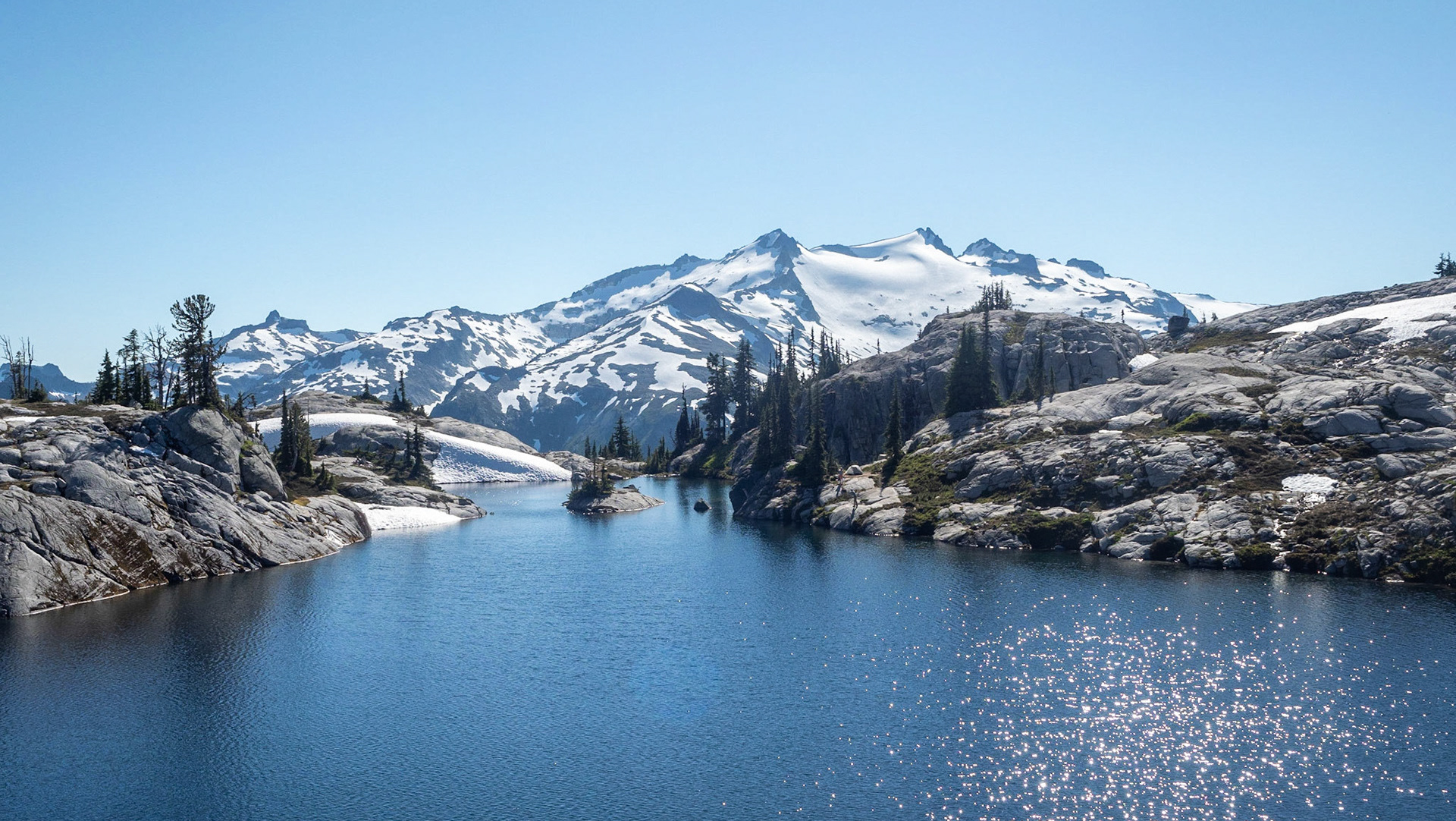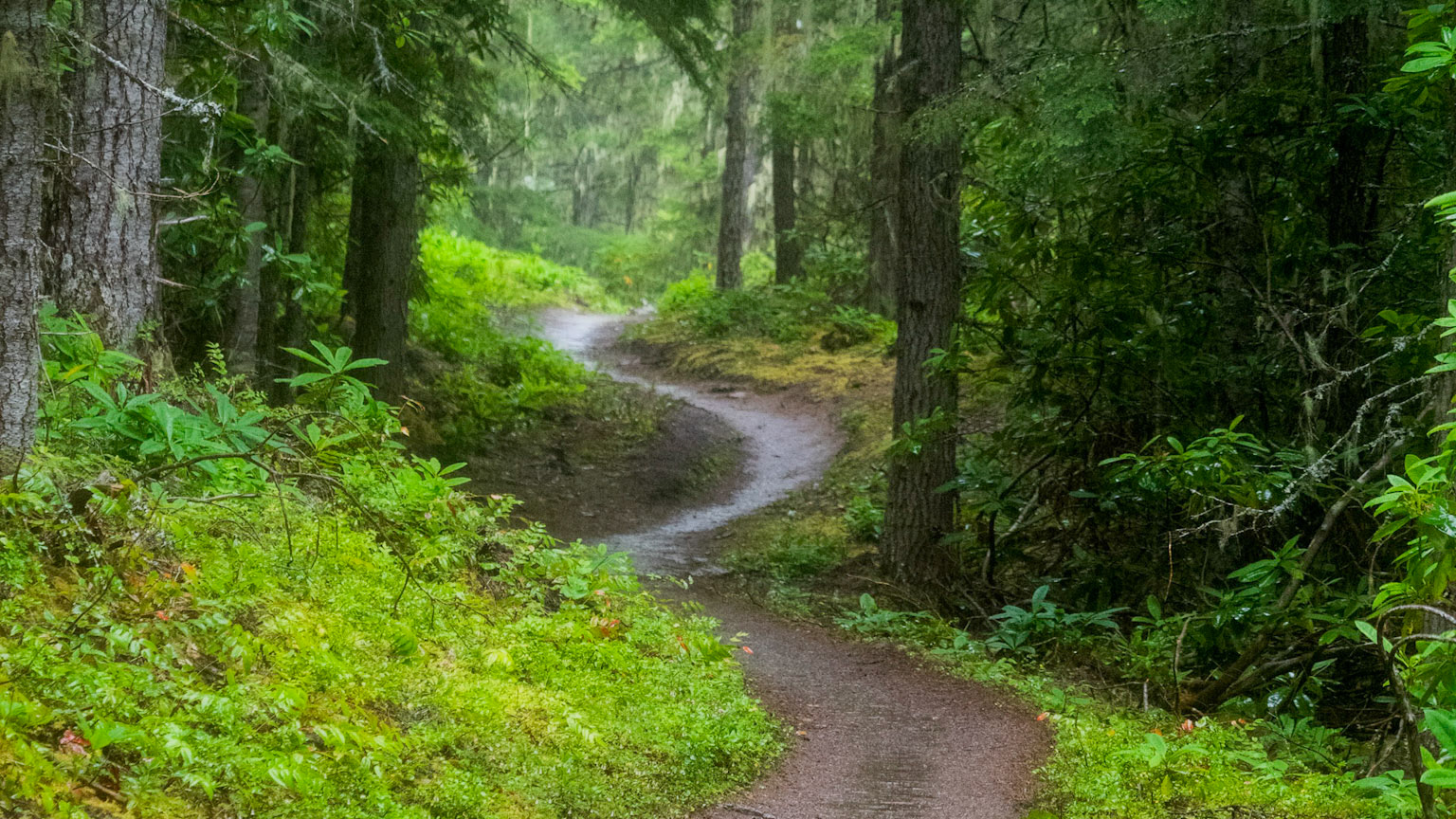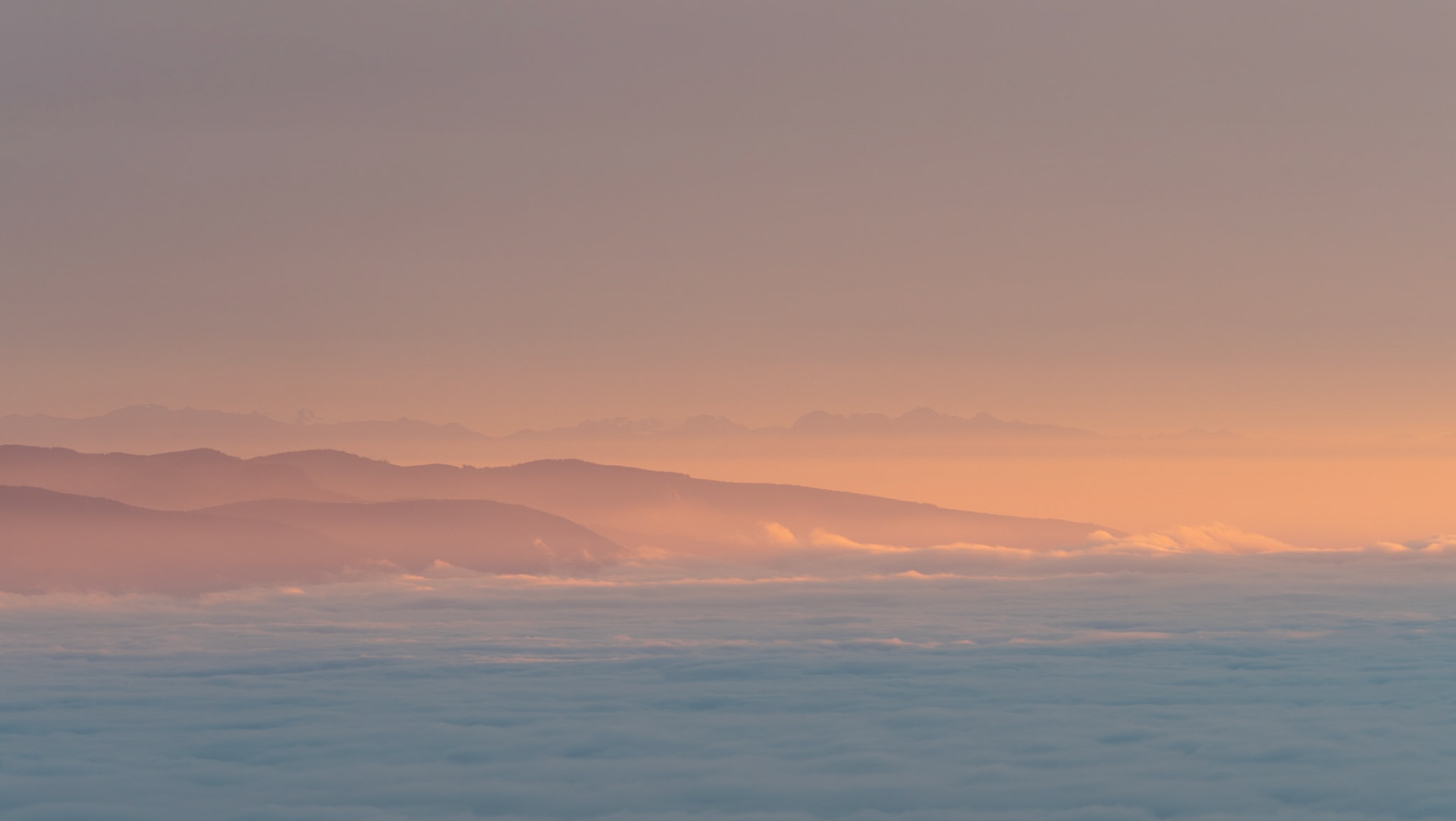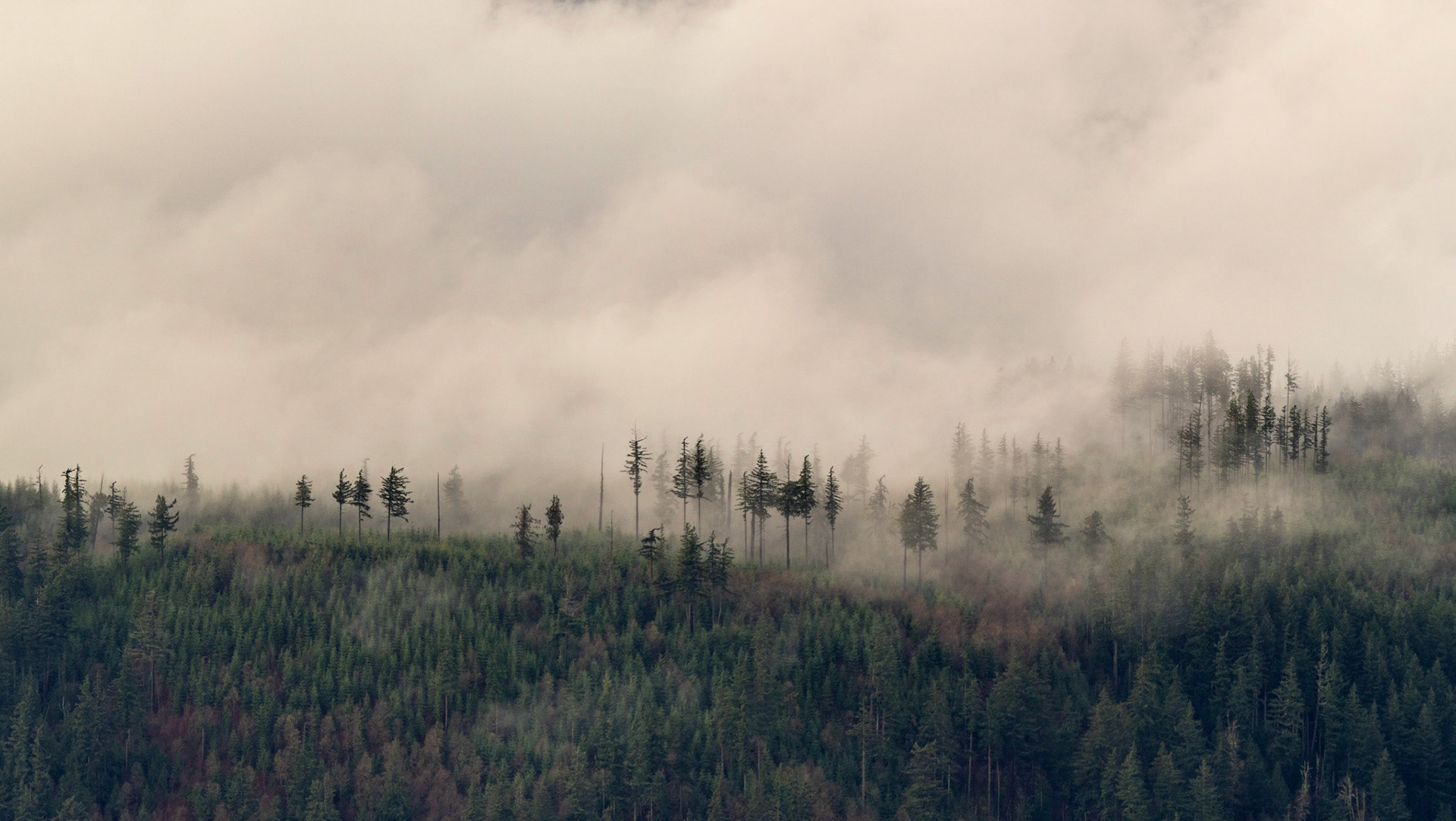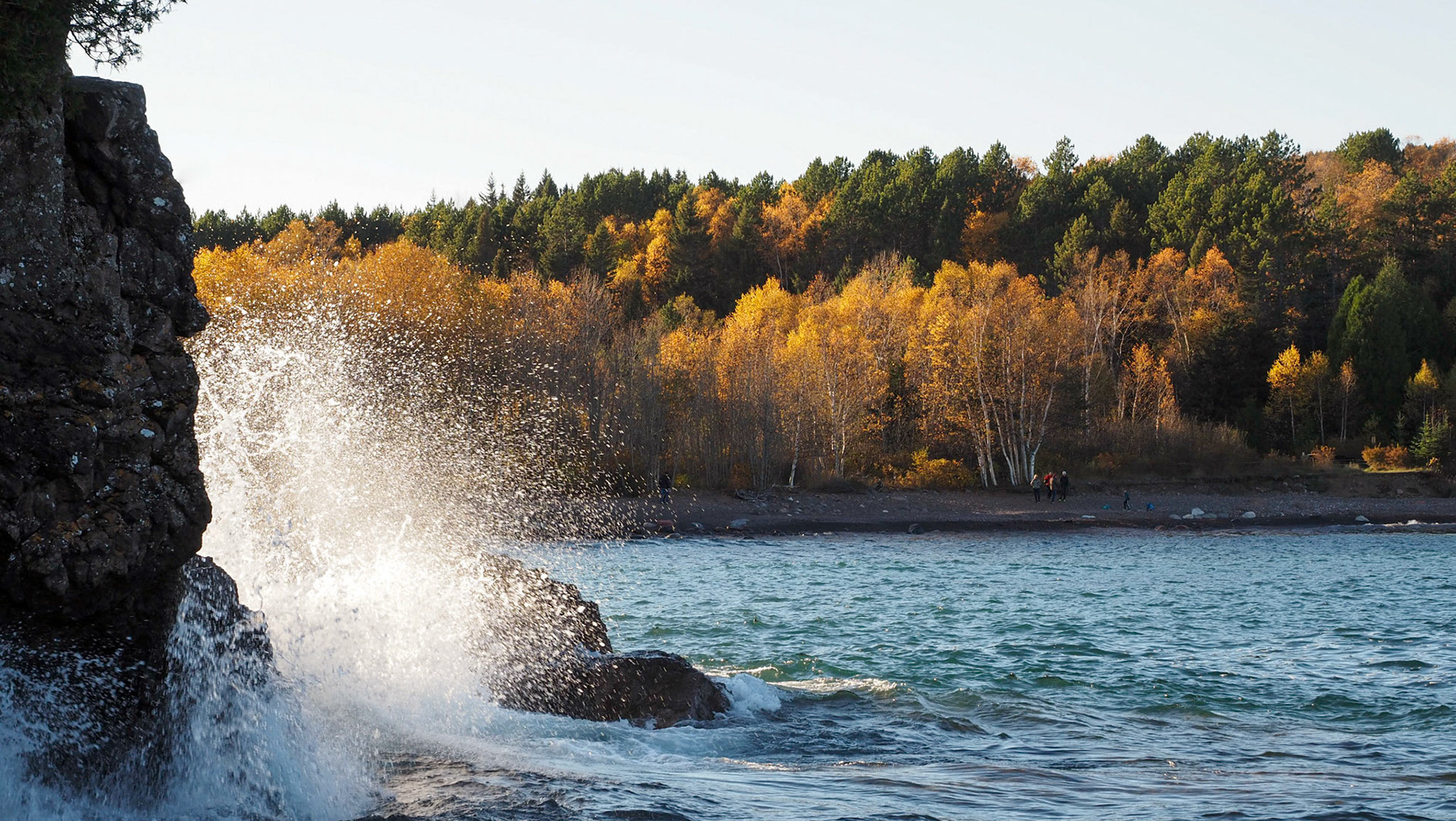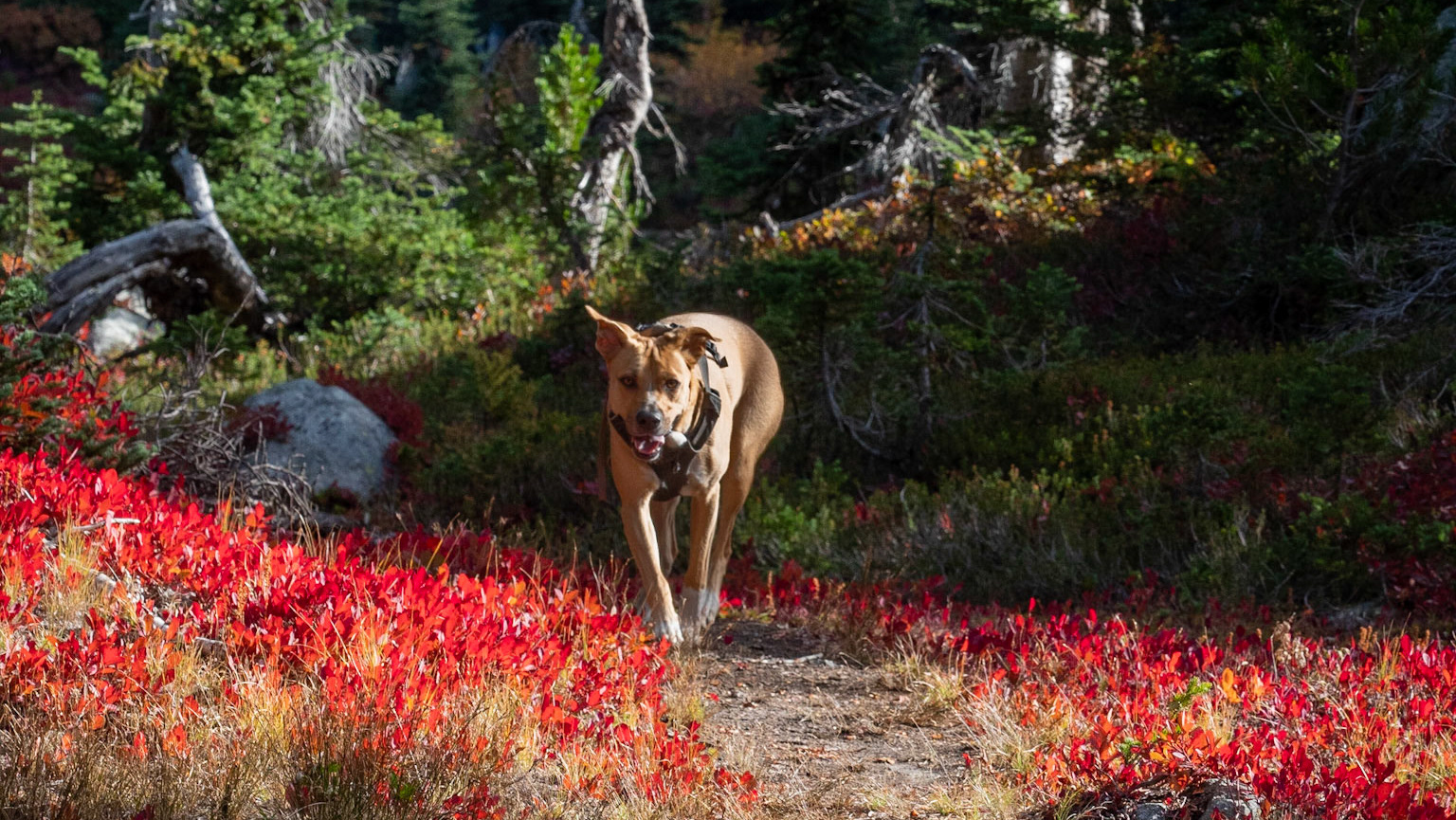An overnight at Cascade Pass has been a tantalizing objective all winter. I first slept high in the Cascade River valley three years ago, venturing out into a then unknown-to-me corner of the Cascades right as the first autumn snowfall blanketed the region. I'll never forget how I woke hours before sunrise and stared, bewildered, at the austere face of Johannesburg Mountain as it cut into the starry tapestry of the night sky.
As I returned to the valley over the next couple of years, my objectives were changing: first, I tied into a rope team to cross a glacier and arrive at an airy summit on Sahale; then, I skied Eldorado; finally, I spent an exhilarating morning simul-climbing Forbidden Peak. Even as the tenor of my trips changed, however, the spirit of the valley and my awe never did. Surely, more rugged and breathtaking destinations exist in the range but only in this valley are they accessible for such a paltry entrance fee. The Pass stood out as a perfect destination - relatively simple to approach and with an abundance of alpine ambiance in reward. I dreamed of being present as the soft sunrise tickled cornices and ridgelines on Johannesburg.
As winter is only slowly relinquishing its grasp on our mountains, access remains limited to the high country. Thankfully, a number of access mishaps last winter led me to purchase a snowmobile this summer, allowing for simpler inroads to parking lots we take for granted in the warmer half of the year. The snowmobile is the newest arrow in my backcountry quiver, however, and its use comes with costs. Travel speed across a snowed-in road on a snowmobile varies greatly on how forgiving the snow surface is, how well the the snow conditions allow the snowmobile to cool itself, how often dead-fall blocks a seamless ride... Without a wealth of experience, every outing hides new unknowns, setbacks and challenges.
On this trip, we were relying on the sled to deposit us six miles up the Cascade River road. Snow conditions were firm and icy in spots, starving the snowmobile's heat exchangers of the powder they need to keep the engine cool. More than once on the uphill ride, I found myself idly sitting in a snowbank after packing snow desperately into steaming-hot aluminum fins. Once, sticks and leaves made for a makeshift tic-tac-toe board to distract from the downtime but not the absurdity of the situation.
Furthermore, an impressively adapted Jeep had made its way through miles of snow I previously would never have expected a vehicle to travel through. While this was novel and interesting, it also left deep ruts in the snow surface and made for very challenging snowmobile conditions as I fought against gravity and momentum to remain upright. I found reprieve from the slow progress and frustrating conditions in a calm self-reminder that exploration and adventure are at their heart learning processes. With time, using the snowmobile will be second nature.
As we found the end of our road and transitioned into skis, the Cascade River Valley enveloped us in its immense scale. A furious easterly wind shrouded ridge crests and peaks in veils of spindrift hundreds of feet tall and brought me an immense and humbling awe.
Slowly, our skin track wove methodically into the barren slopes of the upper valley. The sheer volume of avalanche debris deposited here from the steep northern slopes of Johannesburg and Cascade Peak obscured the summertime topology, creating an alien and ephemeral landscape.
On our ascent, we danced with the shadow of the Cascade-Johannesburg crest; finding warmth in the strengthening springtime sun and a blistering chill in the shaded, windy slopes. With regularity, plumes of spindrift were ejected into the sky from the crest, donning a halo to the ridge, providing an obvious origin story to the cornices below.
Although our path never met the tempest assaulting the true alpine country at the pass, we found our modest share of wind as soon as we entered open slopes in the valley floor. Sastrugi grew in size and intensity until our skis barely glanced a snowpack, hovering over micro-topology reminiscent of an angry sea.
In the warm comfort of home, I had originally planned to spend the night high on the Sahale Arm, sheltered in a snow cave but otherwise open on all sides to the majesty of the range, far above tree-line. Mishaps with the snowmobile and a lazy morning brought us to the trailhead significantly behind schedule, so an alternative plan was hatched to ascend to the pass directly. While this would leave us a thousand feet below our original campsite, it would provide many of the same views and no doubt be just as rewarding.
No prior research had been made for this ascent, but the options were seemingly simple and straightforward. A small cliff band lay between the pass and the valley floor, abating in steepness and height as it drooped across the valley wall. From a great distance a number of paths seemed to clear the obstacles by ascending steep but manageable snow and skirting the more challenging terrain.
As this ascent began, firm styrofoam snow underfoot caused us to transition out of our skis and kick steps into the slope. In comparison to the wallowing I had done recently on the north-east couloir of Cashmere, these conditions were sublime. Rapidly a staircase was left in the slope in our wake and upward progress hastened. Behind us, a thundering roar echoed through the valley as the impossibly steep north face of Johannesburg let off a sizeable avalanche that ran to the valley floor, most likely caused by a serac fall from the hanging glacier.
Our upward progress was momentarily halted by unexpected snow conditions. Tentatively skinning onto an open slope, the snow under my skis gently gave way, forming a shooting crack in the snow layer directly underfoot. Quickly heeding the obvious warning of an impending avalanche on that slope, I reversed direction and retreated to more familiar snow textures and surfaces that we had traveled on thus far.
A short traverse deposited us into a shallow concavity; perhaps a tarn made its home here in the summer among the heather. The snow surface transitioned from a slight crust or powder on top of a firm base to an entirely firm, wind-blasted crust here. Without effort, there was no penetration of our skis into this surface as we moved. I tentatively brought our skin track to a lower-angle ridge between two higher-angle slopes and attempted to dance across the ridge, dipping into each slope for a moment before placing a kick-turn and retreating.
Mid-slope, my faint venture onto the southwestern slope on our right yielded another crack and a failure of the upper two inches of the snowpack via planar shear between the legs of the kick turn. While this failure was surprising, it occurred on the same aspect as my previous observation, so a retreat across the ridge seemed reasonable. This retreat brought me from deeper snow that I set a skin track through into the firm and unyielding snow that we had found at the bottom of this slope. Two steps into this retreat, the entire slope broke around me as I triggered an avalanche. In an instant, everything in my vision was flowing down, shattering and piling up as gravity took hold. Time seemed to last forever as I processed the situation, finding myself swept downhill by the avalanche.
In amongst the shattered slab, I had no control over my trajectory. Directly below me, a small tree seemed adrift in the sea of snow. As I was carried towards it, I remained on my feet and was able to clutch it, halting my slide. The rest of the avalanche continued past me as it piled into the concavity at the bottom of the slope. All told, the avalanche broke two or three hundred feet wide at the crown and varied from an inch to feet deep. None of the debris was carried past the concavity.
This experience was jarring for me primarily as it undercut my confidence in my ability to identify and manage avalanche risk in the backcountry. Travel in the alpine after minimal new snowfall and a wind event, as we found, invariably crosses wind-affected snow. Nothing in the circumstances of our travel was alien or worrisome to me. Small failures and propagating cracks, while exceedingly rare in my experience, have happened before and were seemingly managed appropriately with changes to terrain selection. Furthermore, the transition from reasonable snow surfaces to dangerous strata was swift.
Moving forward, I will be refactoring my risk assessment mechanisms with the following learning outcomes from this event. First, it is unreasonable to attempt to use impromptu snowpack tests often enough, with enough precision and without nuance to detect rapid changes that bring a slope from safe to dangerous. Furthermore, even if the avalanche forecast does not emphasize a danger, even if the quick read of mountain weather conditions may imply safety, my personal decision making should assume a small avalanche may occur.
Applying these thoughts to our path up toward Cascade Pass, I would change my terrain selection. While the avalanche happened in terrain that rendered a small (D1.5) avalanche harmless, we were in close proximity to steep trees and a cliff which could have amplified the danger and perhaps made it fatal. A similar approach had been considered as well where the only suspect slope had a wide and gentle runout. That ascent path would likely be my choice in the future as it minimizes the risk of negative outcomes were an avalanche to be triggered. Obviously, on a day where more snow fell before wind speed picked up, I'm nowhere to be found in the alpine as the avalanche potential skyrockets and my appetite for risk has no room for travel under that threat.
In the aftermath of the slide, no descent option seemed obvious. The slopes below us drained into the aforementioned cliff band, ensuring that even a small avalanche could be potentially fatal. We requested a weather forecast through my InReach and found that winds were not forecast to change significantly overnight, so camping in place to give the slabs time to heal did not seem prudent, either. Cautiously, we descended close to our ascent track, remaining in trees we hoped were acting as anchors for the snow. Quickly, we found ourselves in the valley floor once more and began construction of a snow cave for the night.
Sadly, we had descended enough that snow depths were not quite enough to build a full snow shelter and our entrance trench happened upon buried slide alder. After a quick break to marvel at the pastels the sun was draping across upper snowfields, a makeshift shelter was finished. I set my alarm for well before sunrise, quietly anticipating the beauty I knew I was soon to witness.
A lazy morning afforded us time to bask in the splendor of sunrise and retreat to our warm shelter until we felt the warmth of the sun's rays hit our slope. A rapid and uneventful ride on the snowmobile brought us to the truck and we began our retreat to Seattle.


